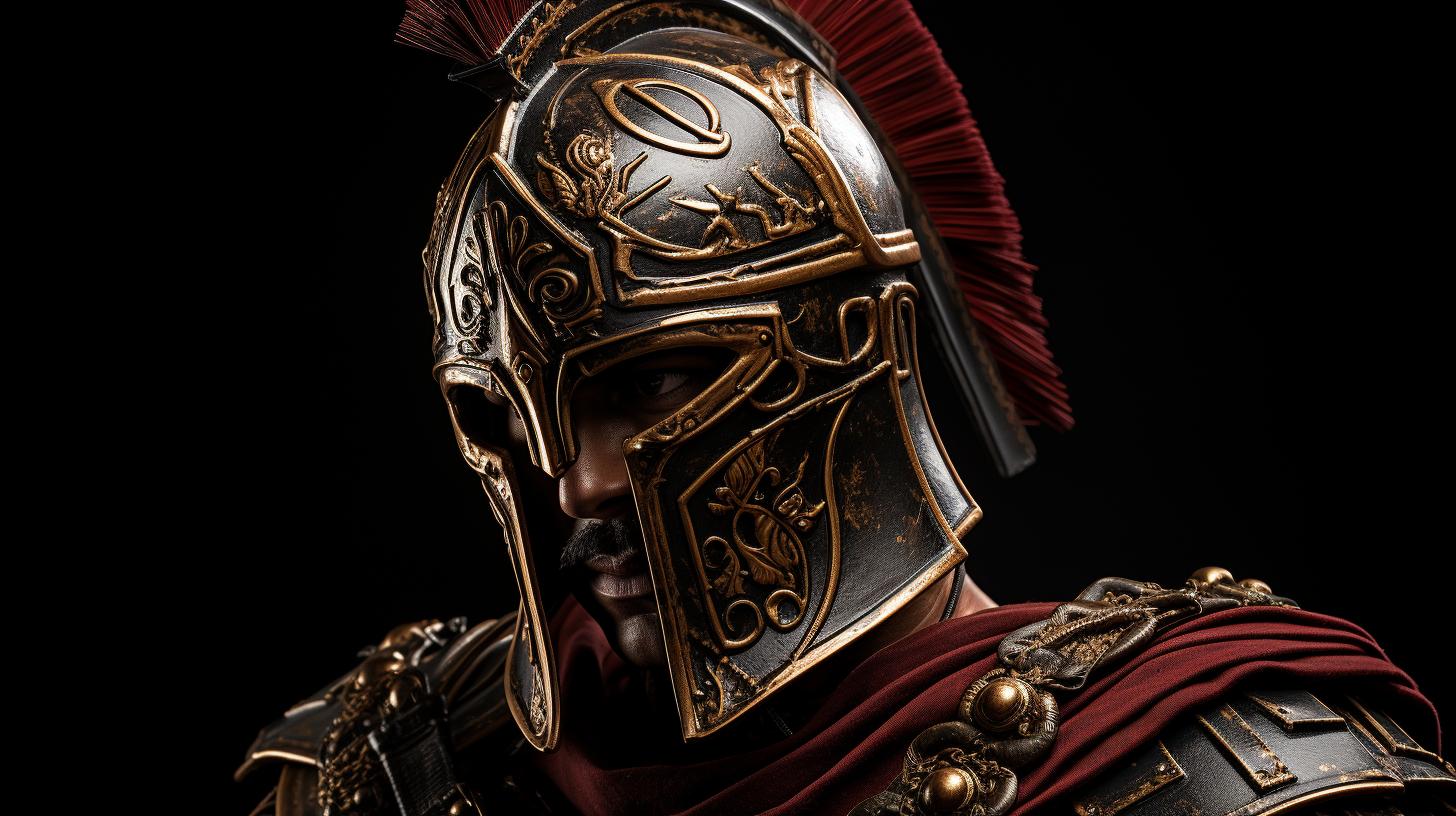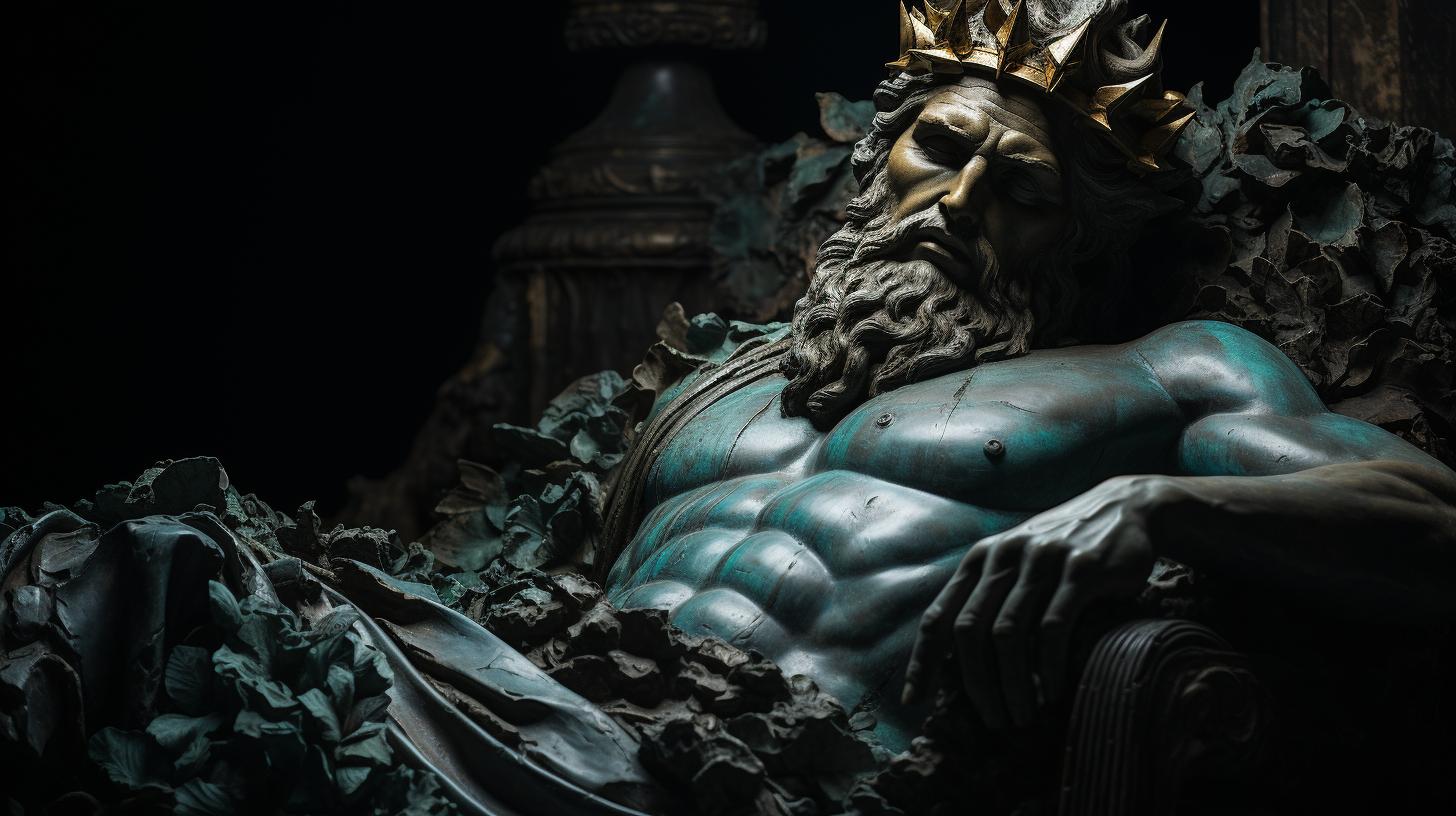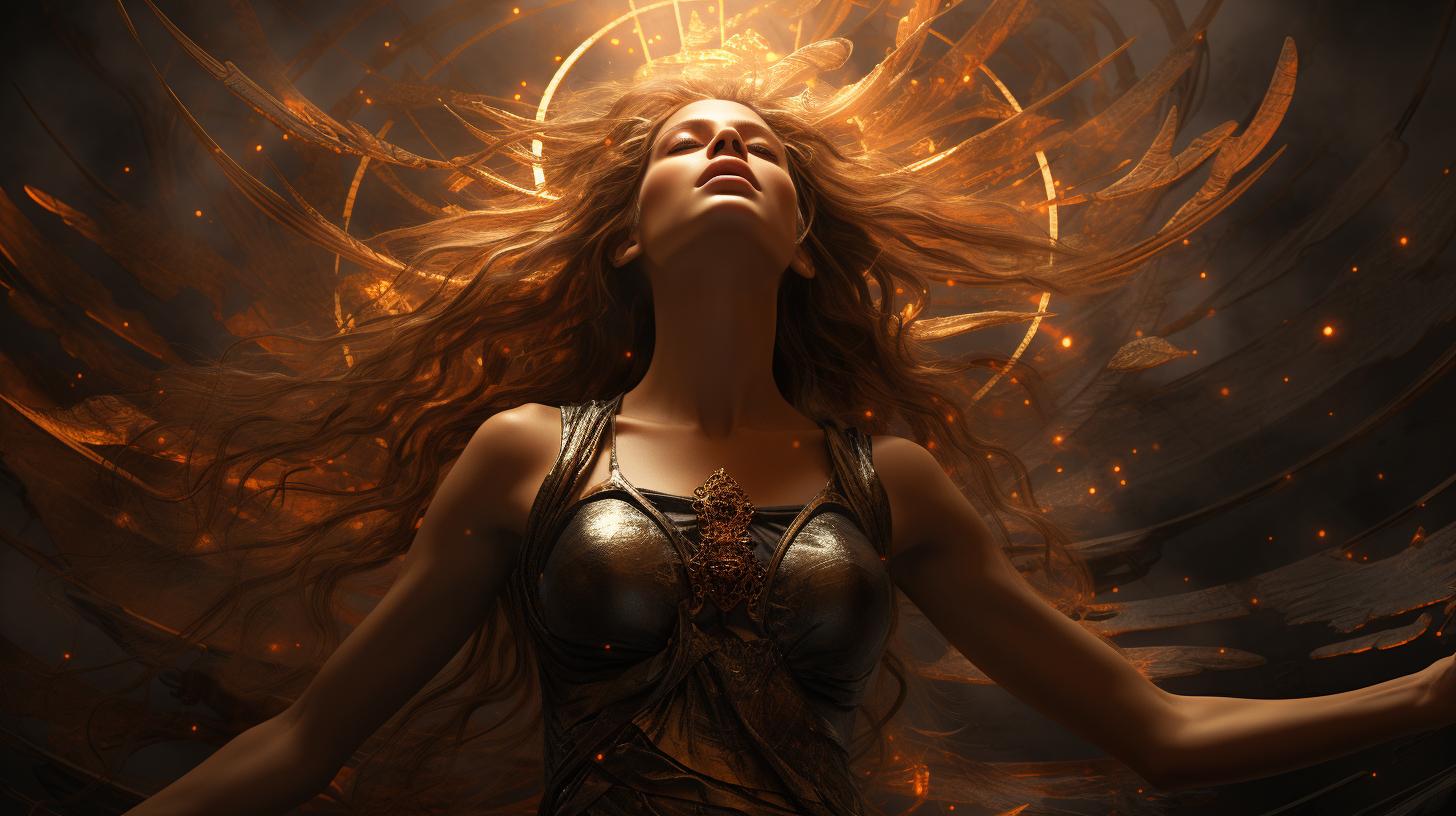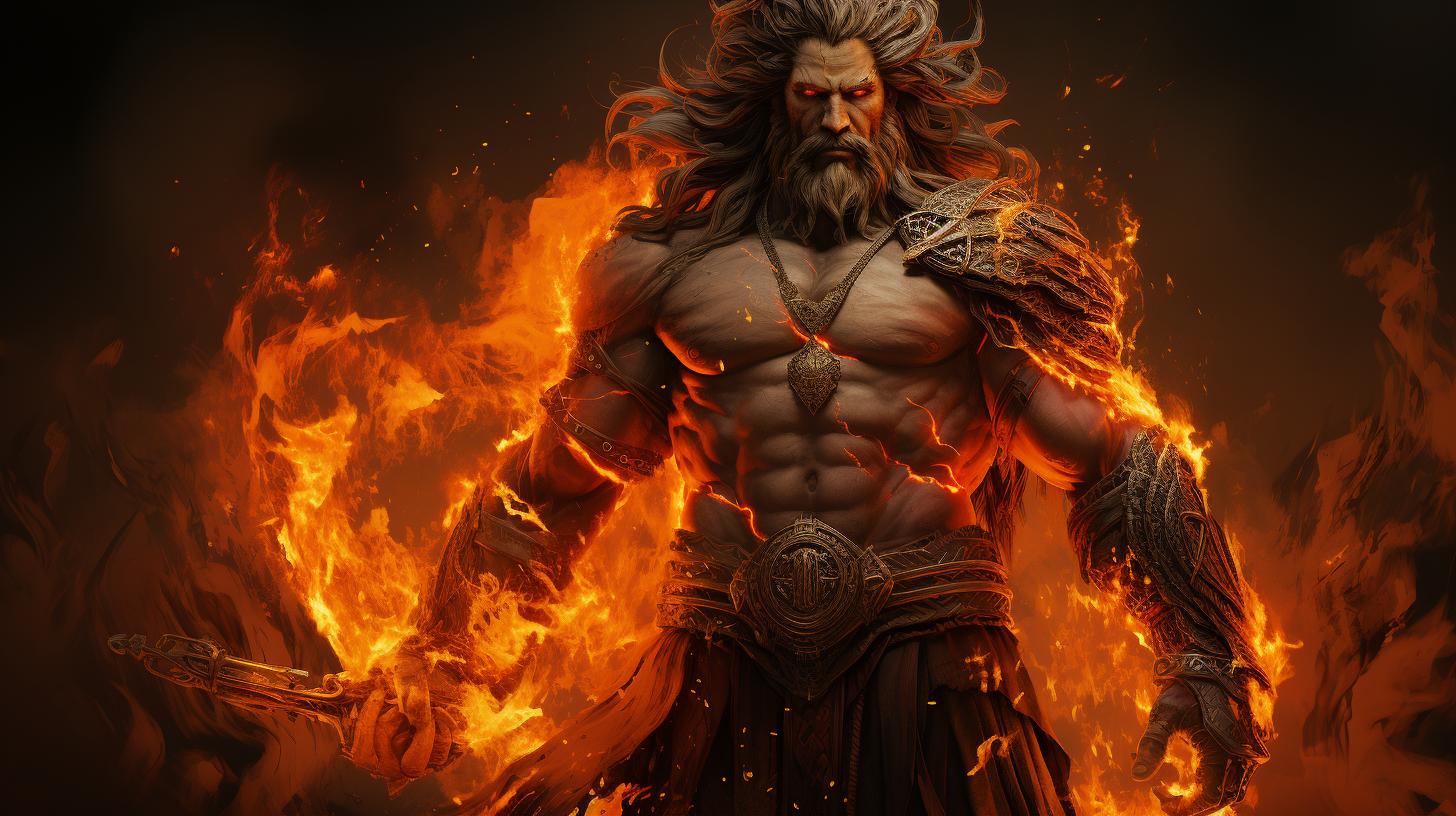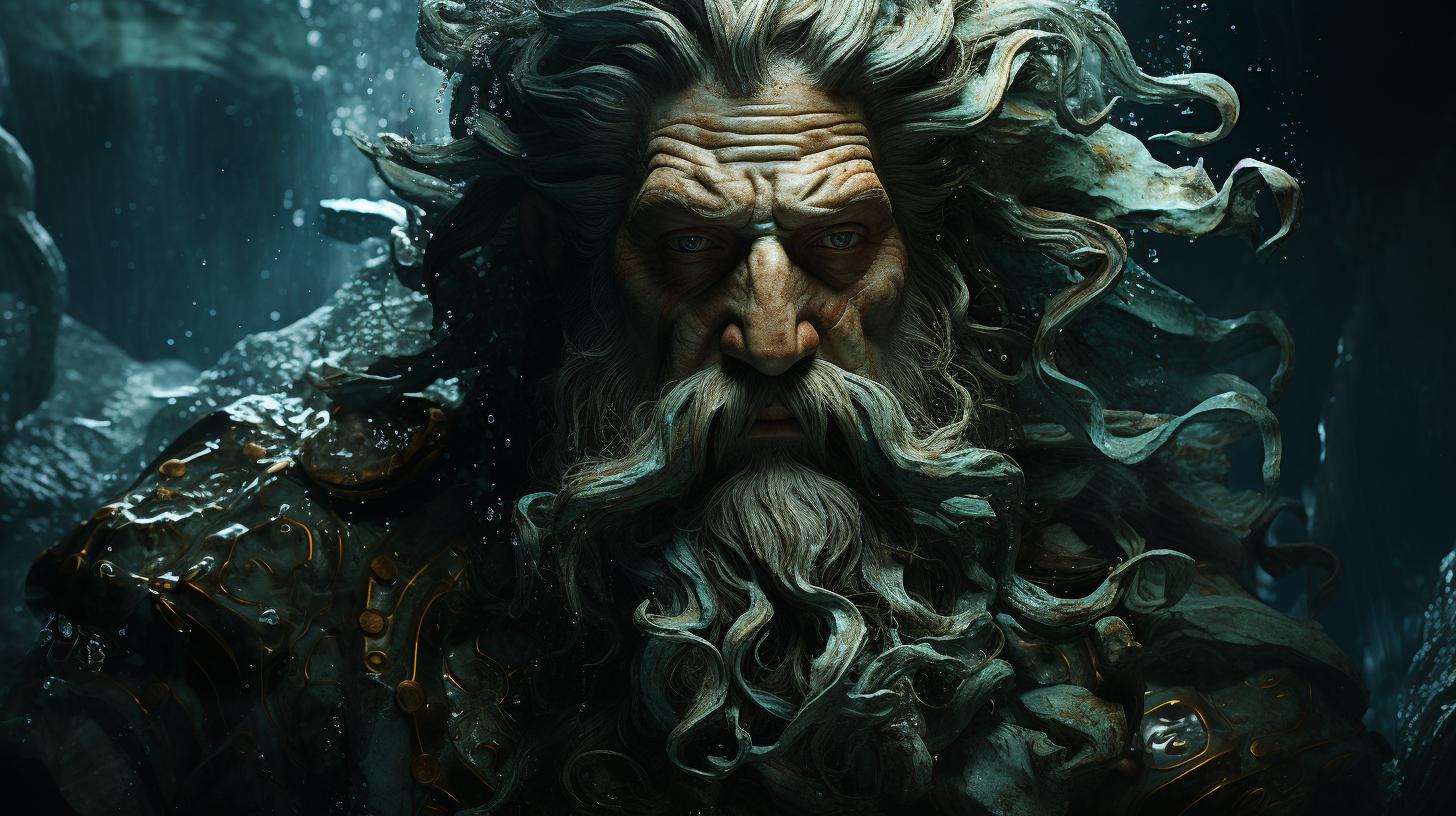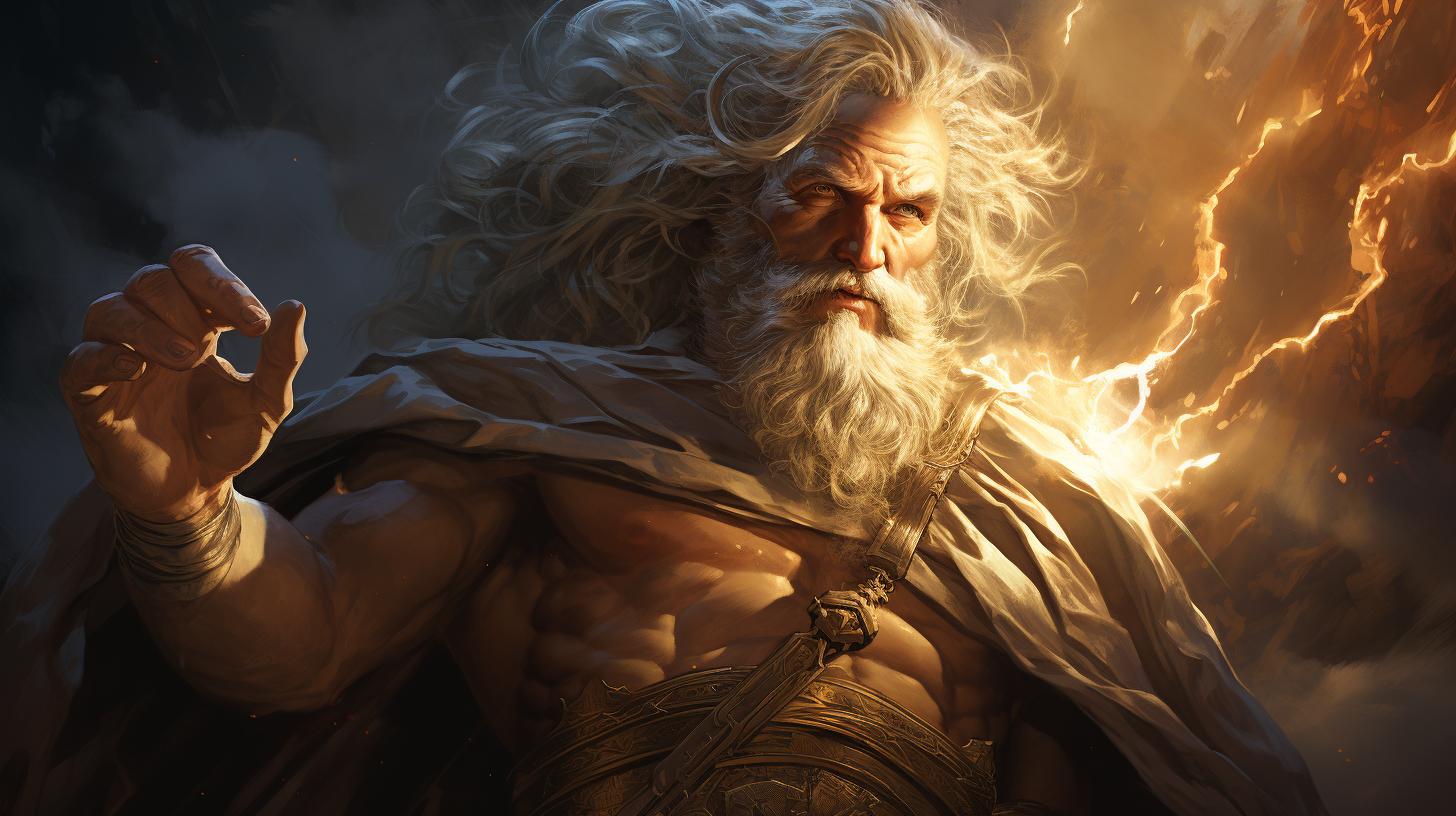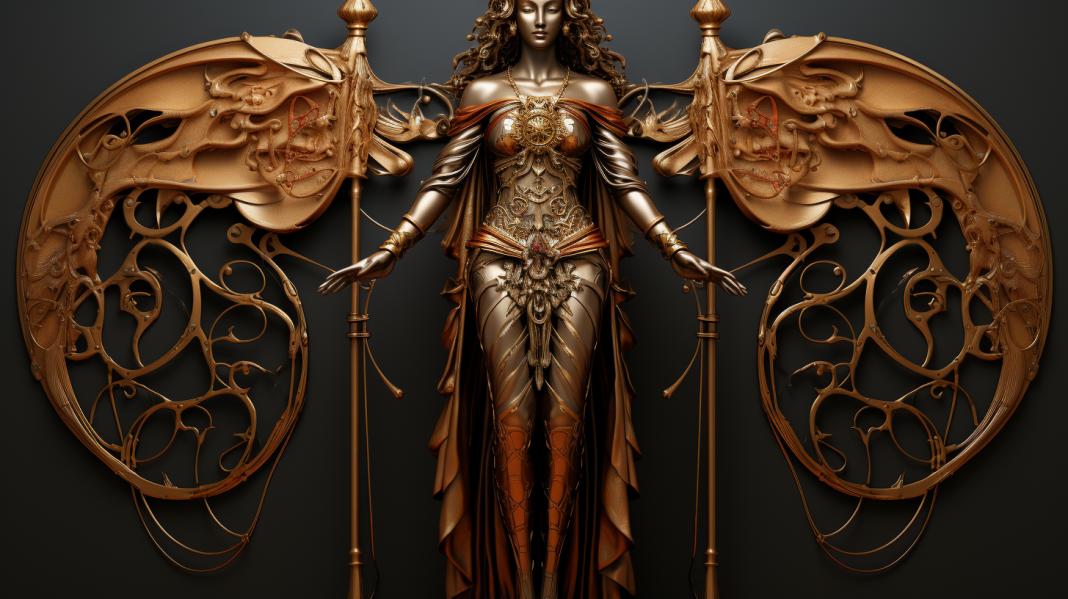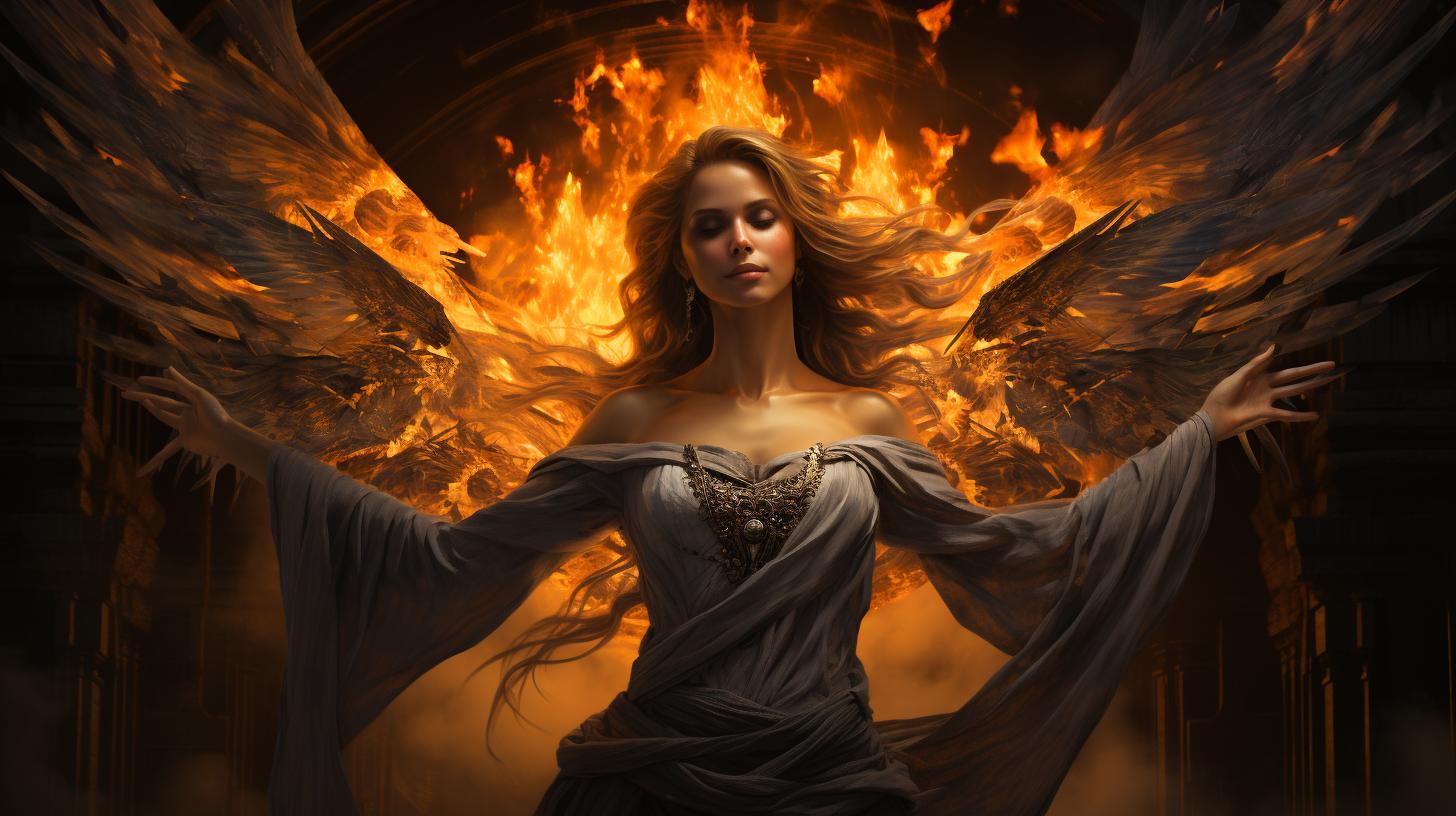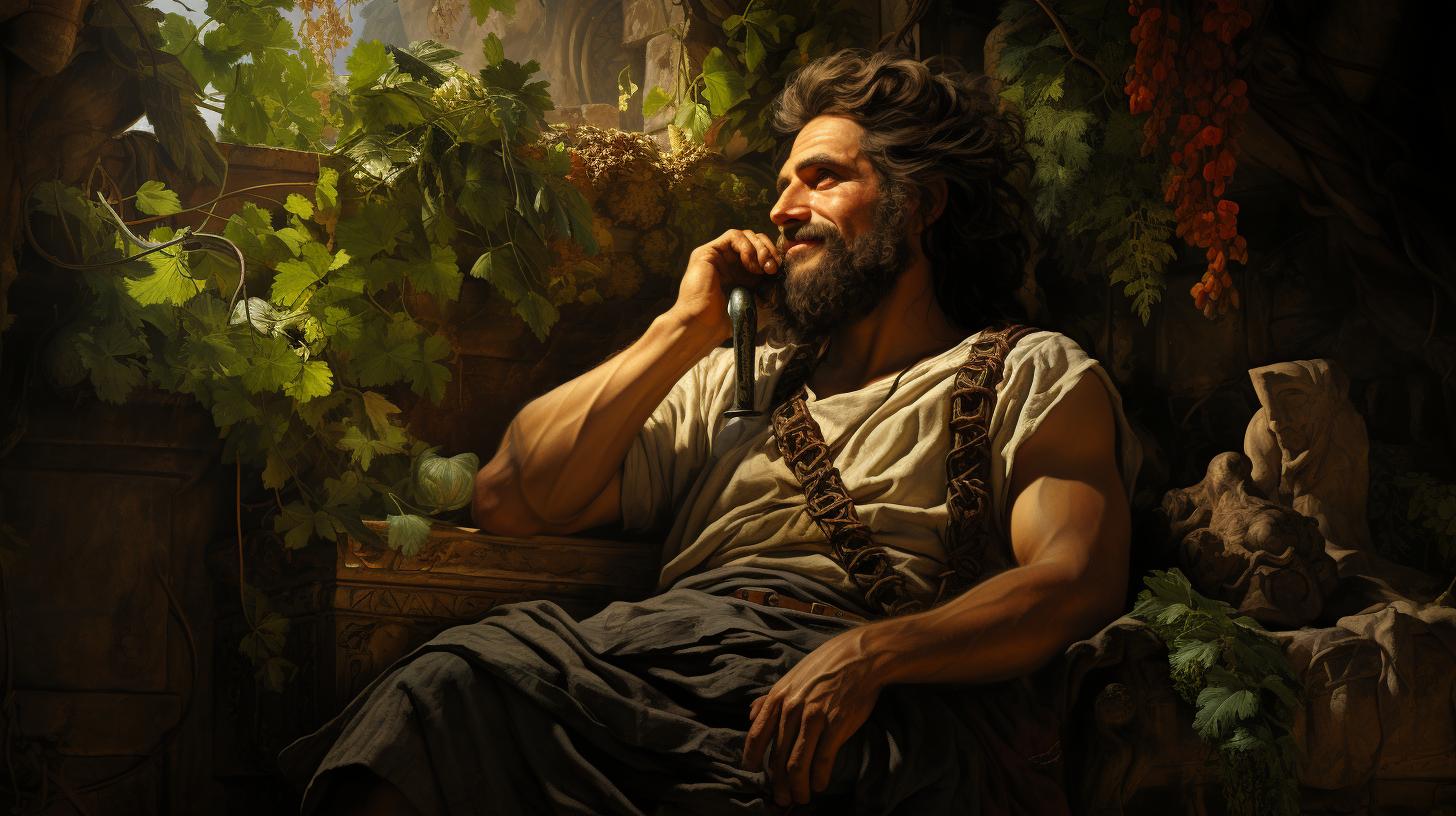Laran: The Etruscan God of War and Intrigue
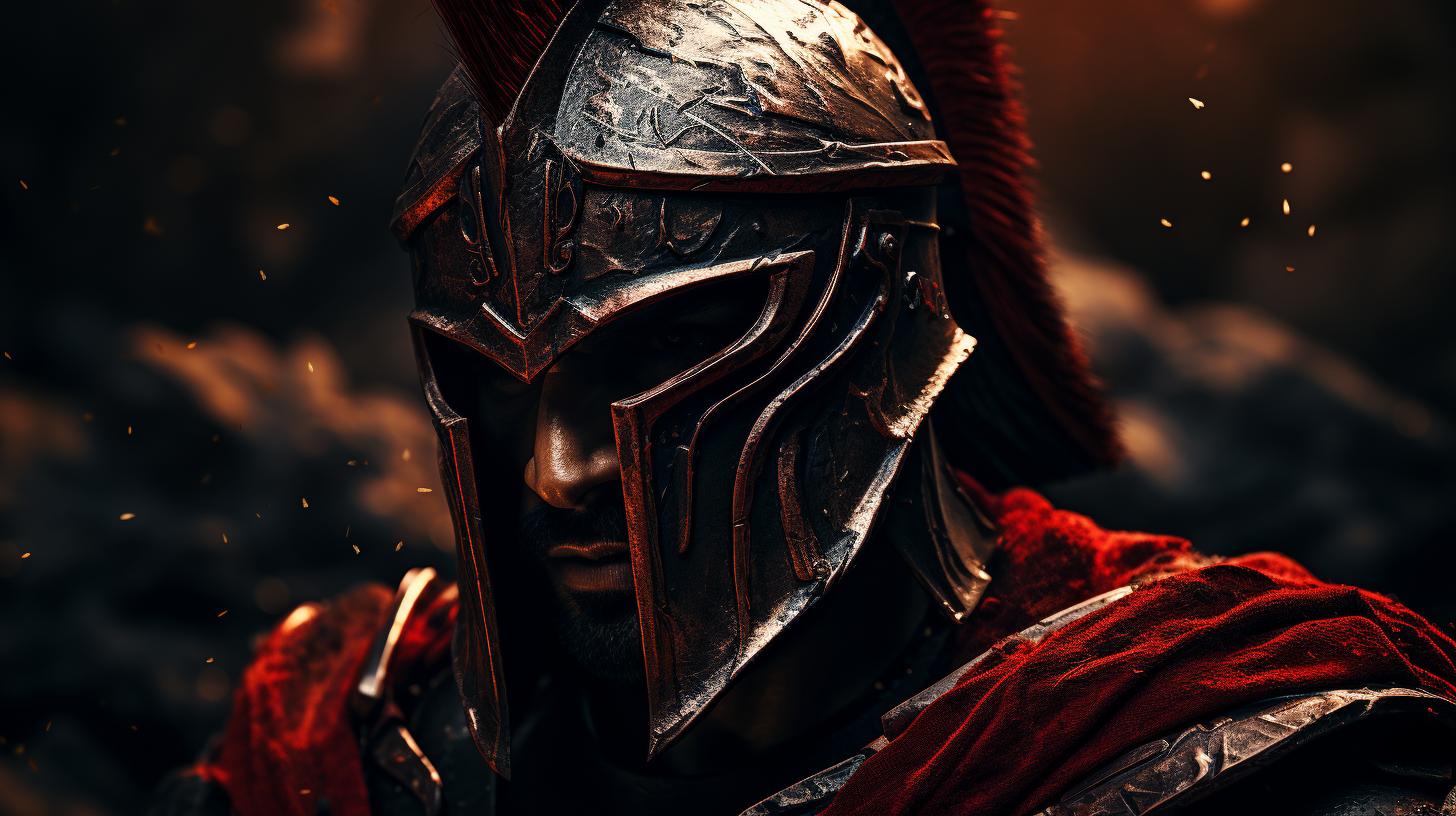
The Etruscan god Laran holds a significant place in Etruscan mythology. Associated with war and bloodlust, Laran is depicted as a young, naked figure with a helmet and spear, symbolizing fire and the sun.
While sharing similarities with Greek’s Ares and Roman’s Mars, Laran retains his unique identity. Laran’s connection to the underworld is intriguing, as he was believed to capture fugitives and transport them back to the realm of darkness.
Etruscan art showcases Laran’s importance, with depictions found in ceramics, murals, and sculptures. Join us as we delve into the world of Laran, the Etruscan god of war.
The Etruscan Civilization
The Etruscan civilization flourished in ancient Italy from approximately the 8th century BCE to the 3rd century BCE.
This remarkable culture left behind a rich legacy that provides valuable insights into their history, origins, art, and culture.
History and Origins of the Etruscans
The origins of the Etruscans remain a topic of debate among scholars. Ancient sources suggest that the Etruscans migrated to the Italian peninsula from Asia Minor, specifically from Lydia. Over time, they established themselves as a dominant civilization, occupying a significant portion of central Italy.
The Etruscans engaged in trade and established colonies, acquiring wealth and cultural influences from various Mediterranean societies.
Etruscan Art and Culture
Etruscan art and culture are remarkable for their unique style and influences from neighboring civilizations. Etruscans excelled in the fields of sculpture, painting, metalwork, and ceramics. Their art was characterized by naturalistic representations, vibrant colors, and intricate details.
In addition, Etruscan culture emphasized ritual practices, religious beliefs, and a complex system of divination and oracles.
Their society was hierarchical, with an aristocratic ruling class known as the ‘lucumones’ leading the cities and exerting significant political and religious influence.
Etruscan cities were structured around independent city-states, each with its own government, laws, and cultural practices. These cities engaged in both friendly and hostile relationships, resulting in periods of cooperation and warfare among them.
Etruscan culture profoundly influenced ancient Rome, with the Romans adopting and adapting many Etruscan practices and beliefs. Despite their significant contributions, the Etruscans eventually succumbed to Roman conquest, and their unique civilization gradually faded into history.
Laran: The Etruscan God of War
Laran holds a prominent position in Etruscan mythology as the god of war. In this section, we will explore the description and attributes of Laran, as well as the similarities and differences between Laran and Greek/Roman gods.
Description and Attributes of Laran
Laran is depicted as a young, nude warrior equipped with a helmet and spear. He symbolizes fire and the sun, reflecting his association with war and aggression. These attributes illustrate his fierce nature and power on the battlefield.
Similarities and Differences with Greek and Roman Gods
While Laran shares similarities with Greek’s Ares and Roman’s Mars, he possesses his distinct identity in Etruscan mythology. Although he embodies the same concept of the god of war, Laran has unique features, symbolism, and myths that set him apart from his Greek and Roman counterparts.
- Similarities:
- Laran, Ares, and Mars are all associated with warfare and violence.
- They are depicted as young, powerful warriors.
- They possess attributes symbolizing war, such as weaponry and protective gear.
- Differences:
- Laran’s association with fire and the sun distinguishes him from Ares and Mars.
- While Ares and Mars have extensive mythology in Greek and Roman cultures, Laran’s story is primarily found within Etruscan art and limited texts.
- Laran’s connection to the underworld sets him apart from the Greek and Roman gods.
By examining Laran’s unique characteristics and comparing them to the Greek and Roman deities, we gain a deeper understanding of his role and significance in Etruscan culture.
The Role of Laran in Etruscan Religion
Connections with Other Etruscan Deities
Laran, the Etruscan god of war, holds a significant place in the pantheon of Etruscan deities. While his relationship with Turan, the goddess of love and fertility, is well-known, Laran also has connections with other important gods and goddesses in the Etruscan religion.
- Laran is often associated with Aita, the god of the underworld. This connection highlights Laran’s role as a figure who captures fugitives and brings them back to the realm of darkness.
- Another notable connection is with Athrpa, the goddess of fate.
The intersection of war and destiny is evident in Laran’s depiction as a young warrior equipped with a helmet and spear.
- Laran’s relationship with Aplu, who is associated with the oracle of Delphi, suggests a connection between war, divine guidance, and prophecy.
Laran in Mythology and Rituals
Laran’s presence in Etruscan mythology and rituals reveals his significance in the spiritual practices of the Etruscan civilization.
The god of war was invoked and worshipped in various religious ceremonies and festivals.
Mythological narratives featuring Laran often portrayed his role as a fierce warrior, embodying the qualities of aggression and courage.
He was revered as a protector and defender in times of conflict.
- Laran’s connection to the underworld and his role in capturing fugitives played a significant part in Etruscan funerary rituals.
It is believed that his presence ensured the safe passage of souls into the afterlife.
- In times of war or before embarking on military campaigns, the Etruscans sought the blessings and guidance of Laran through prayers and offerings.
They believed that his favor would lead them to victory and protect them in battle.
- Laran’s association with fire and the sun also influenced rituals and ceremonies related to agriculture and fertility.
The Etruscans believed that invoking Laran’s blessings would ensure bountiful harvests and prosperity.
Representations of Laran in Etruscan Art
Inscriptions, symbols, and artistic depictions provide insights into the representation of Laran in Etruscan art. These visual representations offer captivating glimpses into the beliefs and worship of this significant Etruscan god.
Inscriptions and Symbols Associated with Laran
Etruscan inscriptions often make reference to Laran, reinforcing his status as the god of war. Symbols such as the helmet and spear, commonly associated with Laran, appear frequently in Etruscan artwork.
The helmet symbolizes protection and the spear represents his prowess in battle.
- Laran’s name, written in Etruscan script, can be found in various inscriptions and dedicatory offerings. These provide evidence of his worshippers honoring and seeking his favor.
- Artistic representations often depict Laran holding a shield, further emphasizing the god’s association with protection in war.
Archaeological Evidence of Laran’s Worship
Archaeological excavations have unearthed artifacts and objects that attest to the worship and reverence bestowed upon Laran within Etruscan society.
- Figurines and statuettes of Laran, crafted with fine details, have been discovered in various Etruscan burial sites. These artifacts suggest that Laran held a significant place in Etruscan funerary customs and beliefs.
- Depictions of Laran participating in battle scenes can be found on Etruscan pottery and frescoes.
These portrayals highlight the god’s association with war and his influence within the cultural and military spheres of Etruscan society.
- Laran’s presence is also evident in the form of votive offerings made in his honor.
These objects, such as bronze mirrors or clay statuettes, were presented at sanctuaries and temples dedicated to the god.
The representations of Laran in Etruscan art provide valuable glimpses into the significance and worship of this god within the Etruscan civilization.
Through inscriptions, symbols, and archaeological discoveries, we gain a deeper understanding of Laran’s role as the god of war and the admiration bestowed upon him by the Etruscan people.
Laran and the Underworld
Within the realm of Etruscan mythology, Laran, the god of war, is intriguingly connected to the underworld.
This association adds a unique dimension to his divine character. Let’s explore the fascinating connection between Laran and the realm of the dead.
Laran’s Connection to the Realm of the Dead
Laran’s connection to the realm of the dead is depicted through various symbols and beliefs.
It is believed that Laran had the power to capture fugitives and transport them back to the underworld, fulfilling his role as a guardian of the dark realm. This connection is symbolized by the representation of Laran with a protective armor, including a helmet and a shield, reflecting his involvement in the realm of death.
Myths and Stories about Laran’s Role in the Underworld
Though limited written evidence exists, myths and stories passed down through generations shed light on Laran’s role within the underworld. These tales speak of his encounters with other deities of the underworld, his battles against forces of chaos, and his aid in maintaining order and balance within the realms of life and death.
These stories emphasize Laran’s importance as a deity with power over both the earthly realm and the realm of the dead.
Exploring Laran’s connections with the underworld allows us to gain a deeper understanding of his significance within Etruscan mythology.
It is through these connections that we perceive his multi-faceted identity and his role as a protector of cosmic order. The tales surrounding Laran’s involvement in the underworld offer us glimpses into the Etruscan belief system and the complex interplay between life, death, and the divine.
.











